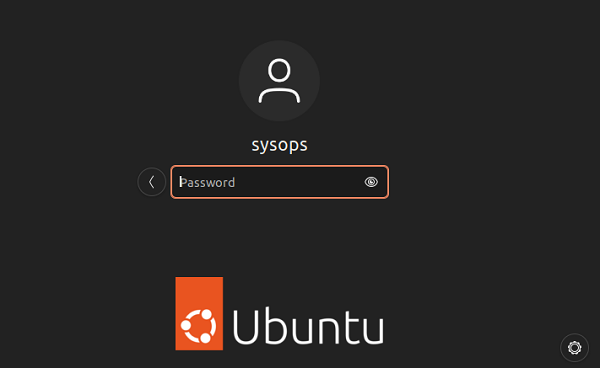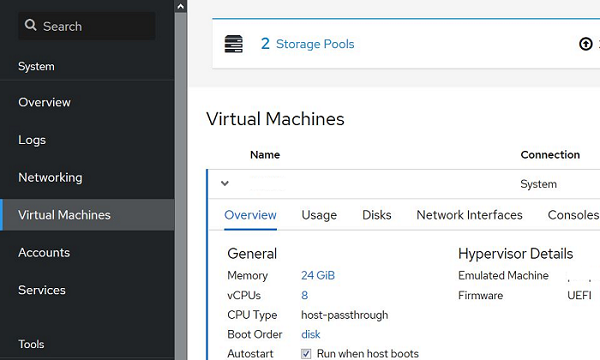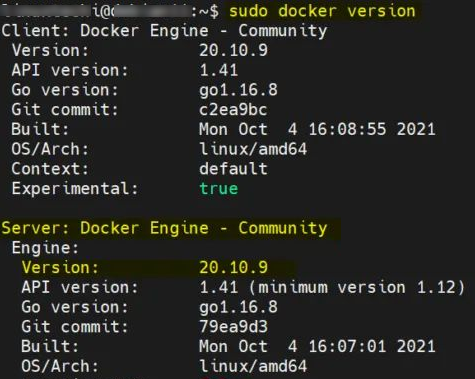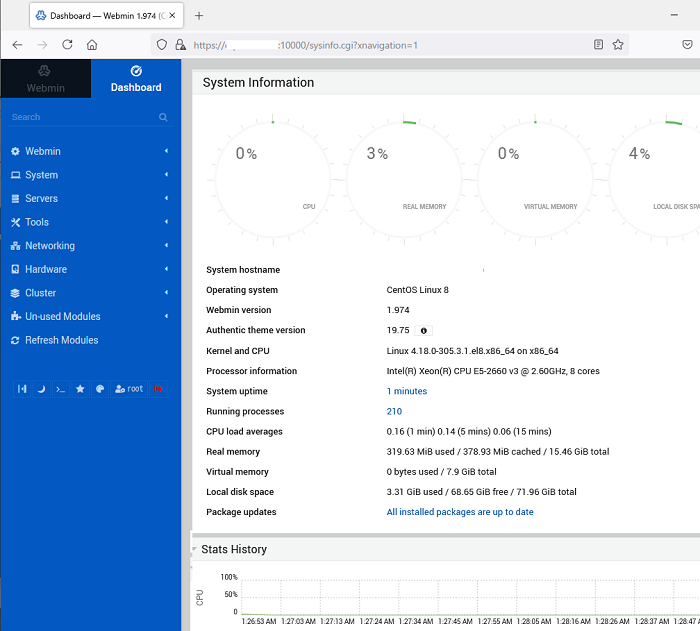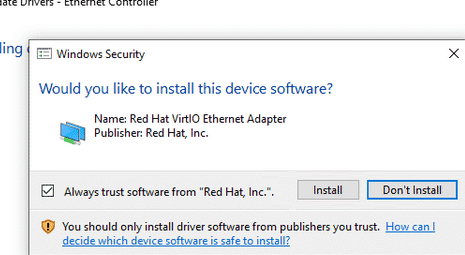In this article, we’re going to look at the Ubuntu login issue related to GUI and desktop loading problems, which results in an endless password loop. After entering the correct password, instead of loading the graphical environment, a black screen appears, and then the password prompt appears again (and so on in a loop). As a result, the user cannot log into the Ubuntu GUI. This problem is called Login Loop.
Category: Linux
Let’s look at how to update the Linux kernel to the latest version in CentOS as an example.
Let’s take a look at how to passthrough an Nvidia GeForce graphics adapter into a Windows 10 virtual machine running on a KVM host (based on Linux CentOS 8).
Continue reading “Passthrough Nvidia GPU to KVM Virtual Machine”
In this article, we’ll look at how to extend a disk partition in Linux online without shutting down the system or unmounting the partition. You can use the fdisk tool to delete a partition and create a new larger partition in its place on the fly without losing data. In my case, a Linux VM running on VMware ESXi ran out of space on the ext4 data partition.
Continue reading “Extending a Linux Disk Partition Online with Fdisk”
Ubuntu 22.04 LTS (Jammy Jellyfish) is the latest version of Ubuntu released on April 21, 2022, with five years of support (until April 2027). This release is based on the Linux 5.15 LTS kernel and adds support for new hardware and file systems. In this article, we’ll show you how to upgrade from Ubuntu 20.04 or Ubuntu 21.10 to Ubuntu 22.04 LTS.
Continue reading “How to Upgrade Ubuntu t0 22.04 LTS (Jammy Jellyfish)?”
Docker is one of the most popular software for running containers. With Docker, developers can build, deliver, and run their code in containers. The host where Docker is installed and containers are running is called the Docker Engine. In this article, we’ll walk you through how to install Docker Engine (Community Edition) and Docker Compose on Linux (CentOS, Debian, and Ubuntu).
Continue reading “Installing Docker Engine on Linux (Debian, CentOS)”
The MySQLB package is not included in the Debian 11 Bullseye repositories. The developers suggest using MariaDB instead. For some projects you need to use the original MySQL, not its fork. In that case you can manually add the MySQL repository and install the package in Debian. In my case, after upgrading the release from Debian 10 (Buster) to Debian 11 (Bullseye), I needed to install the original MySQL 8.0 on my Linux host.
Continue reading “Installing MySQL 8.0 in Debian 11 Bullseye”
In this article, we will look at how to install and configure a Squid proxy server with HTTPS filtering support on Linux (Ubuntu 20.04 in this example).
Continue reading “Installing a Squid Proxy with Transparent HTTPS Filtering”
Webmin is an open-source web interface service for managing Linux. You can use Webmin to perform typical Linux administration tasks from a graphical web interface instead of a command-line shell. In this article, we’ll look at how to install and configure Webmin in CentOS and Ubuntu.
After installing Windows guest in a virtual machine on a KVM host, you must install the correct device drivers for virtual hardware (KVM VirtIO drivers). Without these drivers, guest Windows won’t be able to recognize virtual network adapters and a number of other virtual hardware.
Continue reading “Installing KVM VirtIO Drivers in a Windows Virtual Machine”

